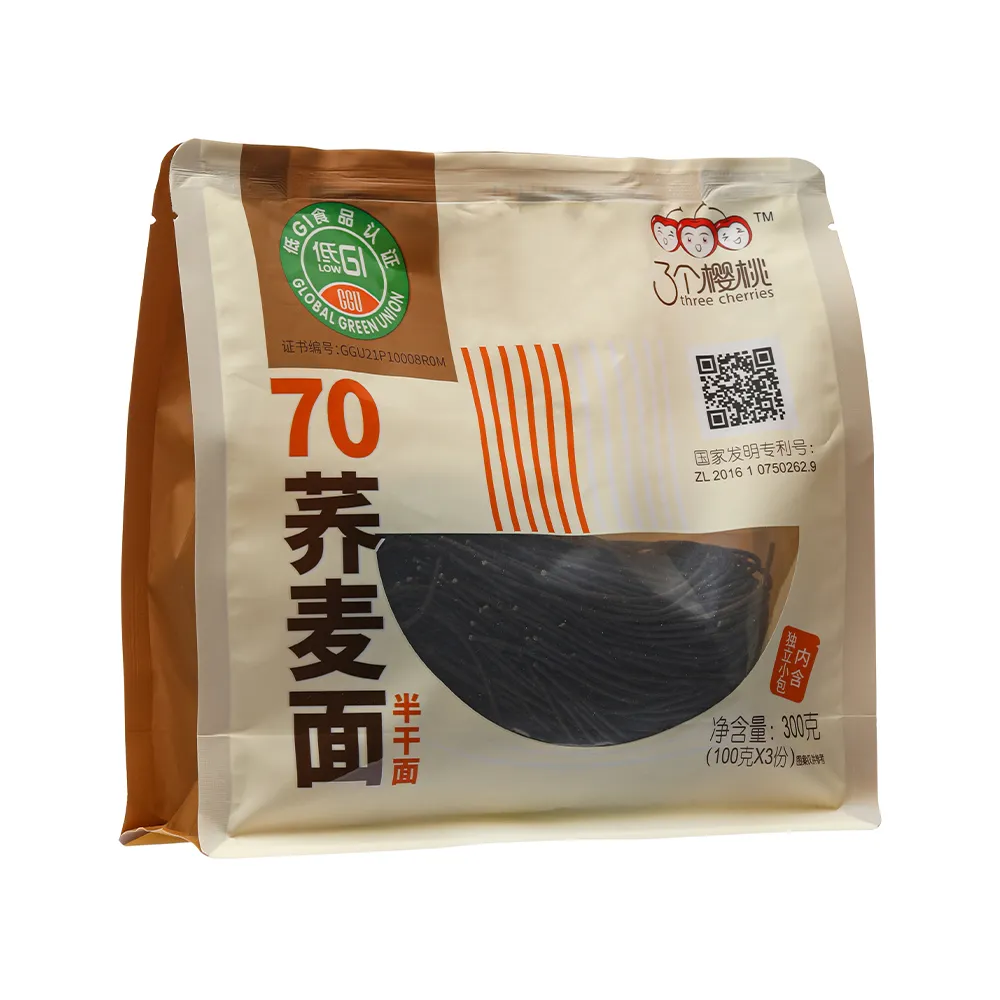soba dry
The Delights of Soba A Journey into Dry Buckwheat Noodles
Soba, the traditional Japanese buckwheat noodle, has captivated taste buds around the world with its unique texture, versatility, and health benefits. Among the various forms of soba, dry soba noodles stand out for their shelf stability and convenience, making them a popular choice for households and restaurants alike. In this article, we explore the fascinating world of dry soba, from its origins and nutritional benefits to delightful ways to serve it.
Originating from Japan, soba noodles have been a staple in Japanese cuisine for centuries. Made primarily from buckwheat flour, they are distinct from other noodles due to their earthy flavor and somewhat nutty aroma. The ancient practice of harvesting buckwheat, which thrives in poor soil and high altitudes, is integral to Japan's agricultural history. As a result, soba represents not just a culinary tradition but also an essential part of Japanese culture.
The Delights of Soba A Journey into Dry Buckwheat Noodles
Preparation of dry soba noodles is both simple and rewarding. Cooking them is quick, typically requiring no more than 5-7 minutes in boiling water. The key to achieving the perfect texture is to rinse the noodles thoroughly under cold water after boiling, which not only halts the cooking process but also removes excess starch, ensuring that they are firm and non-sticky. Once prepared, dry soba can be enjoyed in a variety of ways.
soba dry

One classic method of serving soba is in a cold dish known as zaru soba. After rinsing and draining the noodles, they are placed on a bamboo mat (zaru) and served alongside a dipping sauce made from soy sauce, mirin, and dashi. Diners can add chopped green onions, wasabi, or sesame seeds to their dipping sauce according to taste. The simplicity of zaru soba highlights the noodle's natural flavor and textural integrity, making it a favorite during hot summer months.
In contrast, soba can also be enjoyed hot, most commonly in a warming soup called soba noodle soup. This dish usually incorporates a savory broth flavored with soy sauce, mirin, and dashi, often accompanied by various toppings such as tempura, green onions, and soft-boiled eggs. The rich umami flavor of the broth complements the earthiness of the buckwheat, creating a hearty and satisfying meal perfect for cooler weather.
Moreover, dry soba noodles can serve as a canvas for various culinary experiments. They can be used in stir-fries, salads, or even layered in casseroles. The convenience of dry soba allows for quick weeknight meals; for example, a soba salad tossed with fresh vegetables, sesame oil, and a zesty dressing becomes a nourishing and colorful dish fit for any season.
In addition to their culinary flexibility, dry soba emphasizes traditional Japanese dining experiences. The practice of eating soba on New Year’s Eve, or “toshikoshi soba,” symbolizes the transition into the new year, representing longevity and good fortune. This cultural significance further enhances the appreciation of soba, elevating it from mere nourishment to a symbol of connection and celebration among family and friends.
In conclusion, dry soba noodles not only provide a unique gastronomic experience rich in flavor and nutrition but also connect individuals to the rich heritage of Japanese cuisine. Whether enjoyed cold or hot, in simple or elaborate dishes, soba is more than just food; it embodies tradition, health, and adaptability. As more people around the globe discover the pleasures of dry soba, its popularity continues to rise, ensuring this ancient staple remains a vital part of our modern culinary landscape. So next time you’re looking for a quick, healthy, and delicious meal, consider reaching for a pack of dry soba noodles; you won’t be disappointed!
-
Unleash Your Inner Chef with Delectable Italian Pasta CreationsNewsAug.01,2025
-
Savor Health and Flavor: Irresistible Soba Noodles for Sale Await!NewsAug.01,2025
-
Nourish Your Body with Premium Organic Ramen - A Culinary Delight AwaitsNewsAug.01,2025
-
Elevate Your Dishes with Our Exquisite Kinds of Egg NoodlesNewsAug.01,2025
-
Dive into Flavorful Convenience with Our Ramen OfferingsNewsAug.01,2025
-
Discover Exquisite Types of Naengmyeon and Chilled Soba NoodlesNewsAug.01,2025
-
Is Whole Wheat Pasta Healthy?NewsMay.30,2025
Browse qua the following product new the we

















































































































